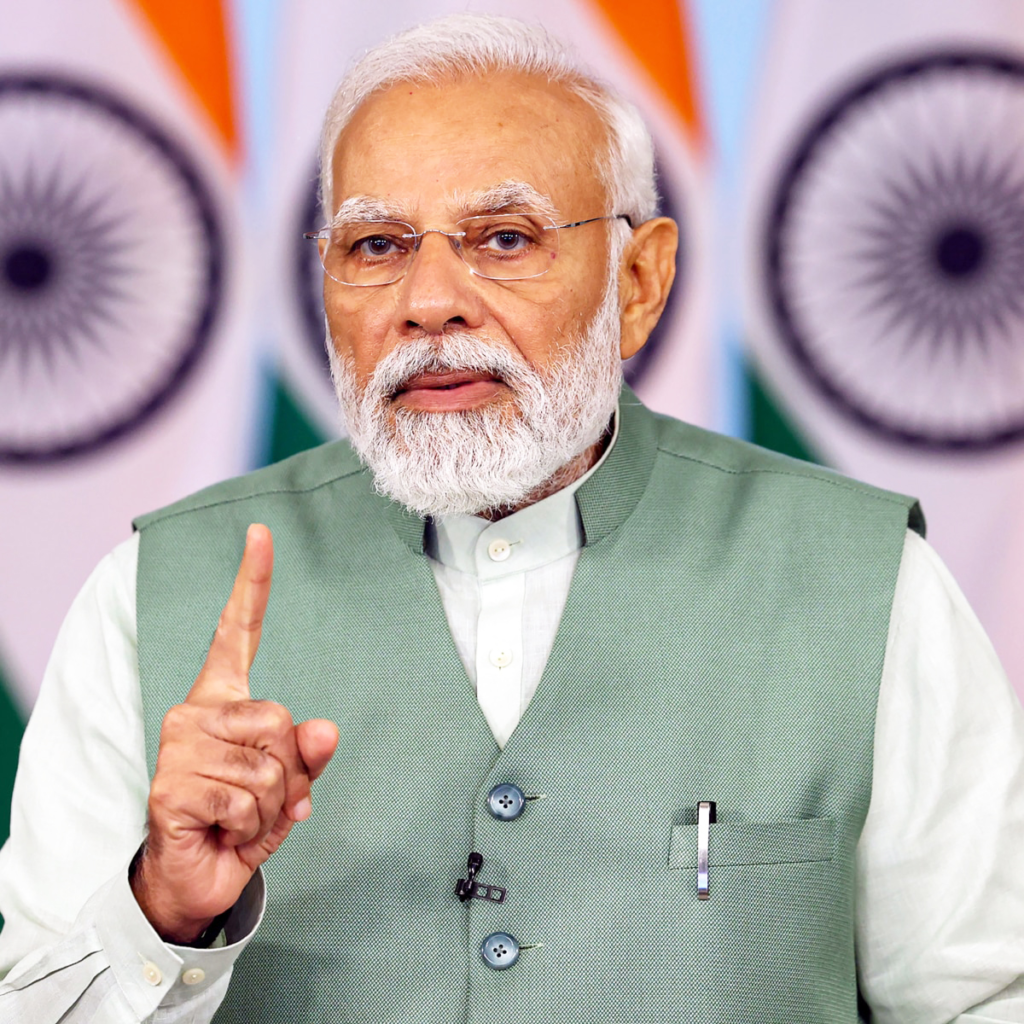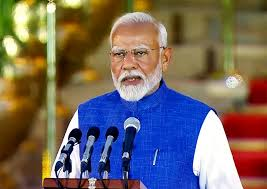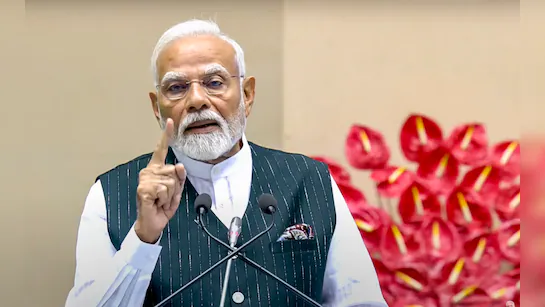Table of Contents
As India moves closer to 2025, Prime Minister Narendra Modi remains one of the most dominant figures in Indian politics. Leading the country since 2014, Modi has completed over a decade in power, and the nation is now watching closely to see what the future holds.
By 2025, Modi’s government will be in its second year of its third term — if the Bharatiya Janata Party (BJP) secures another victory in the 2024 general elections. Whether you’re a supporter or a critic, it’s hard to deny that Narendra Modi has transformed Indian politics and governance in many ways.
So, what will Modi’s India look like in 2025? What are the major focus areas? And what challenges lie ahead? Here’s a closer look at what we might expect.
1. Economic Growth and ‘Viksit Bharat’

One of Modi’s key promises has been to turn India into a developed nation by 2047, when India celebrates 100 years of independence. By 2025, we’re expected to see significant steps in this direction.
Under the “Viksit Bharat” (Developed India) mission, the focus will be on:
- Boosting manufacturing through Make in India 2.0
- Promoting digital infrastructure in every village and town
- Attracting global investments by easing business laws
- Job creation in sectors like startups, IT, tourism, and green energy
In 2025, India is also expected to be among the top three economies in the world, if current growth trends continue. The Modi government is likely to highlight this as a major success.
2. Technology and Digital Push

Modi’s Digital India campaign started in 2015, and by 2025, it could reach its most advanced phase. The use of AI, 5G, and digital services will be deeply integrated into governance, healthcare, education, and banking.
Expect the government to push for:
- Fully digital villages with high-speed internet access
- Smart cities powered by AI-based services
- Unified digital ID and health cards under schemes like Ayushman Bharat
- Expansion of UPI and digital payment systems globally
This digital transformation will aim to connect even the most remote corners of India with services and opportunities.
3. Green Energy and Sustainability Goals
Modi has shown strong interest in clean energy and climate leadership. In 2021, at the UN Climate Summit (COP26), he committed India to reach net zero carbon emissions by 2070.
By 2025, we can expect:
- Big investments in solar, wind, and hydrogen energy
- Growth in electric vehicles (EVs) with charging infrastructure
- Strict pollution controls in cities
- Government schemes to promote eco-friendly farming and green jobs
The goal is to make India not just an economic power, but also an environmentally responsible nation.
4. Social Welfare and Inclusion
Modi’s earlier terms saw the launch of many large welfare schemes — Jan Dhan Yojana, Ujjwala, Ayushman Bharat, PM Awas Yojana, and more. In 2025, these are expected to grow and become more digitally managed and data-driven.
Key focus areas will likely include:
- Health insurance coverage for all under PM-JAY
- Expansion of affordable housing to the urban poor
- New schemes for youth skill development and job placement
- Targeted welfare programs for women and farmers
Expect these schemes to be tied to a stronger digital identity and centralized records to prevent misuse and improve transparency.
5. Foreign Policy and Global Role

India’s position on the global stage is changing fast. Modi’s leadership style has helped India build strong ties with key global powers — from the United States to Japan and Europe.
By 2025, India is expected to:
- Play a key role in global peace and climate talks
- Expand trade through bilateral deals and regional partnerships
- Increase defense strength through the Make in India defence program
- Push for a permanent seat at the United Nations Security Council
India’s growing influence in organizations like G20, BRICS, and QUAD will also reflect Modi’s vision of a self-reliant yet globally connected India.
6. Challenges Modi May Face in 2025
While the future may look promising, several challenges remain:
- Unemployment continues to be a major issue, especially among the youth.
- Inflation and rising prices affect the middle and lower-income classes.
- Farmer protests and rural distress could return if agricultural reforms are not handled sensitively.
- Religious tensions and social division are rising concerns among citizens and human rights groups.
- Press freedom and democratic values have been questioned by international observers.
Modi’s government will have to strike a balance between growth, governance, and social harmony in the coming years.
7. Modi’s Personal Image and Legacy
At 74 years old in 2025, Narendra Modi will likely be thinking about his legacy. Will he hand over leadership to a younger BJP face in 2029? Will he push major constitutional or structural reforms?
Modi’s political style — powerful speeches, social media outreach, and a strong central leadership model — has created a new template for Indian politics. Whether that becomes the new normal or faces resistance remains to be seen.
Conclusion: What 2025 Means for Modi — and India
The year 2025 could be a defining point in Modi’s journey as Prime Minister. After a decade of massive political victories and deep policy shifts, Modi’s next steps could shape the nation’s long-term future.
Will India become a global superpower under his watch? Will social and economic promises be fulfilled? Can he maintain both popularity and progress?
Read More Hansal Mehta Calls Ananya Panday a ‘Prodigious Talent’ After CTRL












Leave a comment